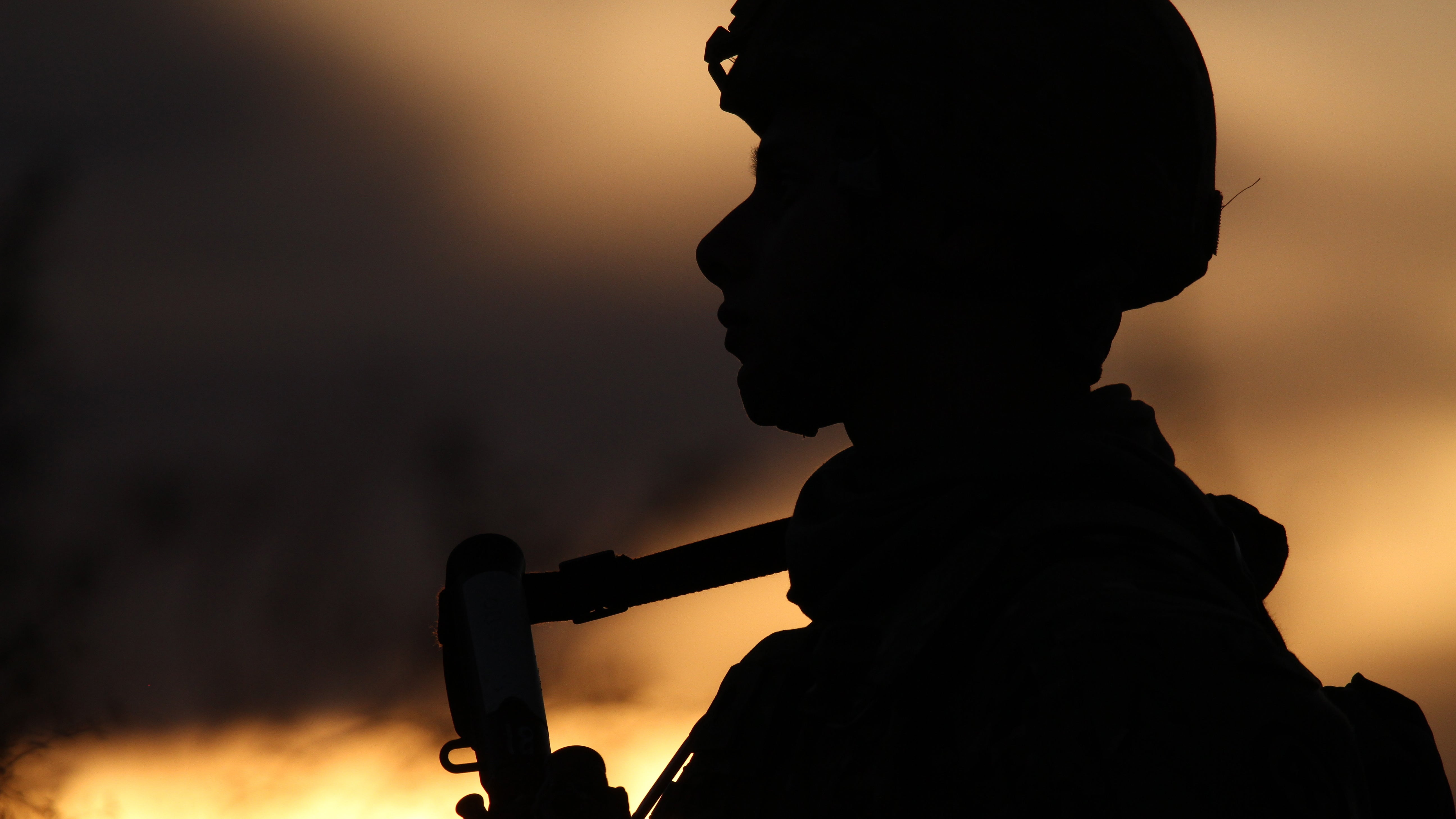Army Steps Up Efforts to Prevent Harassment, Assault
Army Steps Up Efforts to Prevent Harassment, Assault

The Army continues to search for ways to prevent and eliminate sexual harassment and assault in the ranks.
Its latest effort is a newly released Rand Corp. study that says understanding the factors behind sexual harassment and assault are key to prevention. The study, which was commissioned by the Army, calls for the service to continue working to improve unit and command climate and investigate the differences between installations and commands that experience higher rates of harassment and assault.
In the past two years, the Army has taken several steps to address sexual assault and harassment, including launching the This is My Squad initiative, which emphasizes the importance of building cohesive teams.
“An improved understanding of the characteristics and context of sexual harassment and sexual assault events could inform the design of prevention efforts aimed at reducing the prevalence of such incidents,” the Rand report found.
James Helis, director of the Army Resilience Directorate, said the study’s findings “provide significant actionable information for the Army” that are key to zeroing in on prevention efforts.
“In order to provide our Army Team members with a world-class prevention and response program, we continually look for ways to gain better understanding of the factors that detract from unit cohesion and lead to incidents of gender discrimination, sexual assault, sexual harassment and associated retaliation,” Helis said in an Army press release.
In particular, the study found that preventing sexual harassment, which is more public and common, might also prevent sexual assault.
“Because sexual harassment and sexual assault appear to be tightly linked, sexual harassment risk could serve as an early warning of sexual assault risk,” the study found. “Sexual harassment … might be easier to combat: It is more public and more frequent, providing leaders with opportunities to counsel and reprimand soldiers and establish professional workplace norms before inappropriate behaviors become crimes.”
More than anything, Lt. Gen. Gary Brito, the Army’s deputy chief of staff for personnel, said that the safety of soldiers, their families and Army civilians remains the Army’s top priority.
“The Army remains committed to the prevention of gender discrimination and sexual offenses and continually assesses programs and initiatives to determine how to provide the safest environment for our soldiers, Army civilians and family members,” Brito said.
Leaders pledged to use the results of the study as they continue to tailor their sexual harassment and assault response. “These findings are critical to more precisely tailor and most effectively target training, prevention and response,” said Jenna Newman, the Army’s lead for the study and social science adviser at the Army Resilience Directorate.
The full report is available here.

